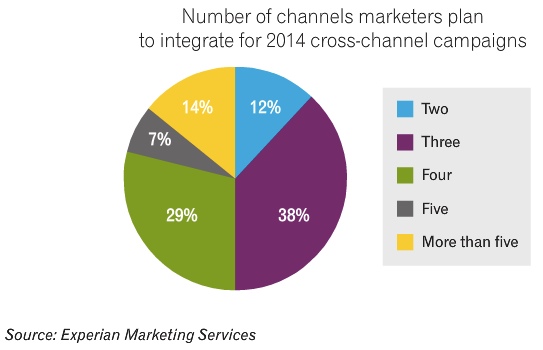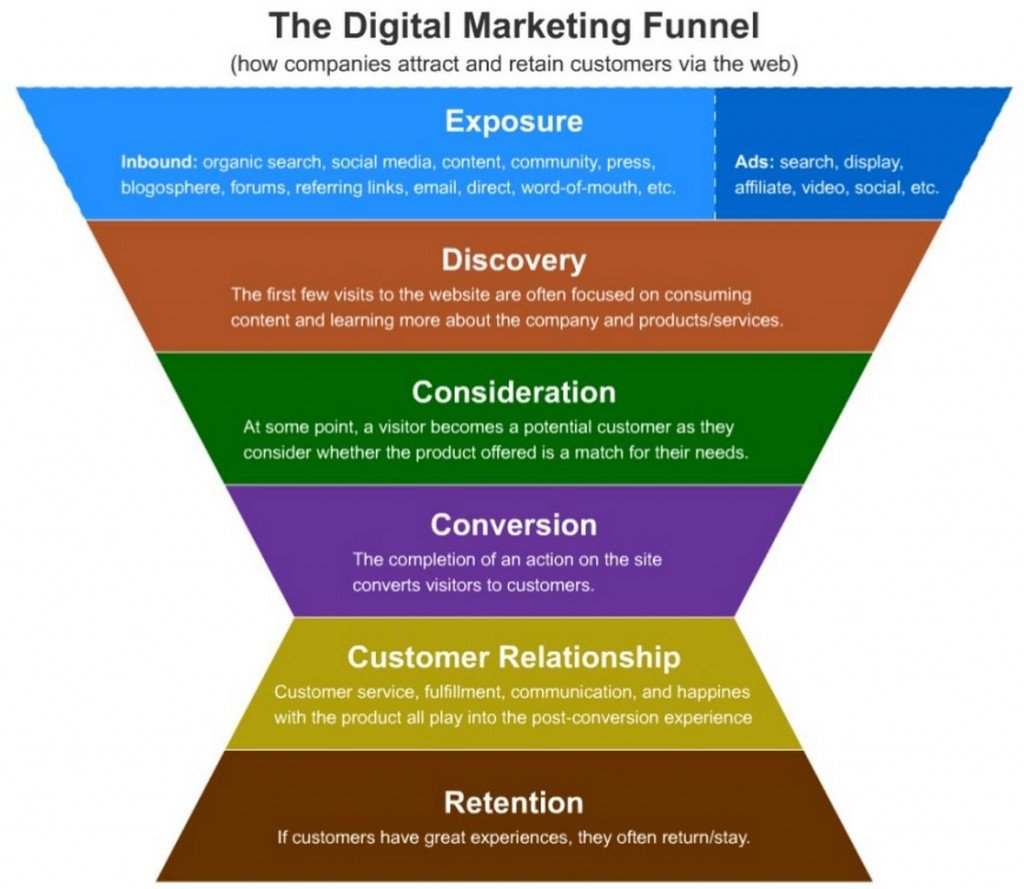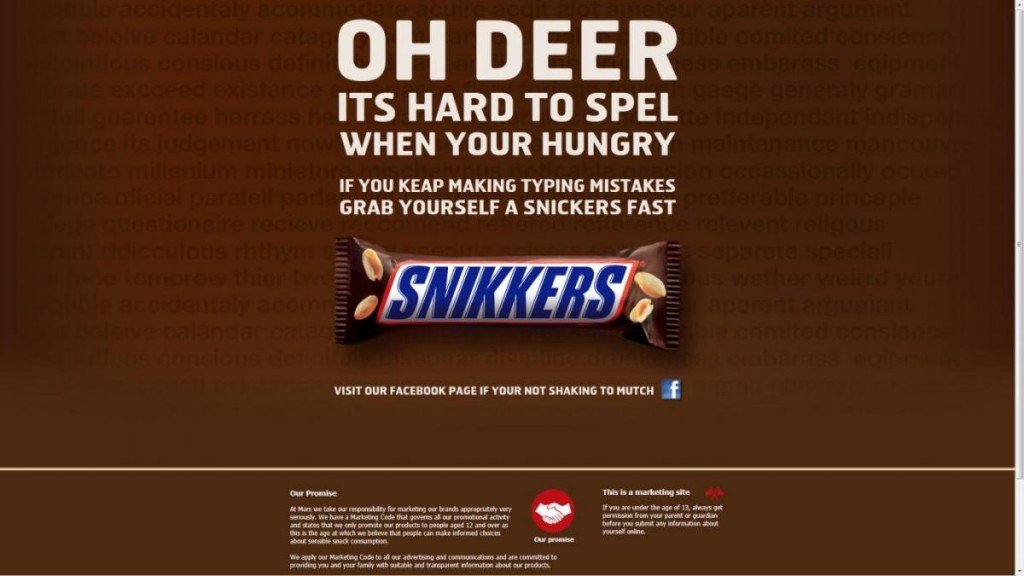Tampa digital marketers are coming to find that the most effective way to keep up with Google is to stop chasing the white rabbit – i.e. adapting to each of the search engine’s 500+ algorithm updates each year – and integrate campaigns.
Integrated marketing strategies have become a hot button topic for search marketers and brands alike in the past year because trying to keep up with penalty changes or repairing damage from penalties has, frankly, become exhausting. Plus, due to the recent algorithm updates from Google, many brands and marketing professionals from Jacksonville have discovered that one search marketing campaign is no longer enough to get consistent results for your website.

Benefits of Integrated Marketing Strategies:
- Increased ROI
- Optimal click-through-rates and conversions
- Brand lift through multiple channels at all times
- Brand messaging will be aligned across all channels
- Monitoring and reporting for SEO and paid search can be done through one medium instead of doubling up efforts
To build a really effective brand strategy it requires help from a variety of people. Think of it as building a new house. Home builders fill a different role than the carpenters, electricians and plumbers. A plumber or electrician can’t really get their job done right until the the structure of the home has been built — can you see where we’re going with this? Without all of these different specialists, a home wouldn’t be complete, and marketers are finding more and more that the same is true for Orlando digital marketing campaigns.

7 Easy Ways to Integrate Your Marketing Campaign
1. Before you even launch a campaign make sure that you document short-term and long-term goals. Your campaign strategy and reporting should have defined marketing objectives so that you know exactly which metrics to measure as well as the best strategies to leverage at different times throughout the campaign. Also, it is important to make sure that your short-term goals are defined as the building blocks for any long-term goals.
2. Use technical SEO and data to inform your content marketing strategies. A good example of this is using a search insight report to find the gaps in your website content or areas where your competitors are more effectively engaging target demographics.
3. Perform A/B testing for keywords through paid search and SEO. There are keyphrase opportunities that may be getting a high CTR in paid campaigns, but are not getting the conversion rates you need. Similarly, some targeted SEO keywords may have high conversion rates and low cost per click that can really boost your ROI on paid search.
4. Engage in cross-channel promotion of your brand. This means segmenting your target demographic to figure out which channels are best for which audience segment. In order to do this effectively you can:
- Create expert content on your blog to build authority for your brand
- Make user reviews a priority for getting trust from your audience
- Post regularly on social media for brand awareness
5. Speaking of social media, make sure you are using each channel to not only speak to your audience, but listen to the conversations already taking place. Social listening can inform content strategy and help make your brand more relatable to the audience.
6. Get content published on relevant industry publications with a link back to your website. This is especially helpful for building authority and trust for your brand if you build a relationship with the publisher so you can become a regular contributor to the website.
7. Create opportunities for user-generated content through cross-channel promotions. This can be anything from review on Yelps to contests on social media. Basically, any way that you can control a conversation about your brand and reach more people online with quality content.
Integrated Strategy: Level Expert
Snickers’ “You’re Not You When You’re Hungry” campaign is prime example of a really effective integrated strategy.

The brand worked with Google Adwords to bid on 25,000 misspelled terms in the most common search queries. Every time someone misspelled a word in Google search they would be served with a targeted ad that said, “Grab yourself a Snikkers” as “You cant spel proerlie wen hungrie.”
According to Mashable, within three days of launching the campaign, Snickers was successful in placing ads in front of an estimated 500,000 people.
The misspelled terms not only offered the cheapest bids, but also unearthed an opportunity that had not been utilized yet which was intentionally targeting people who misspelled search terms, aligning with the brand messaging already running through the campaign.

